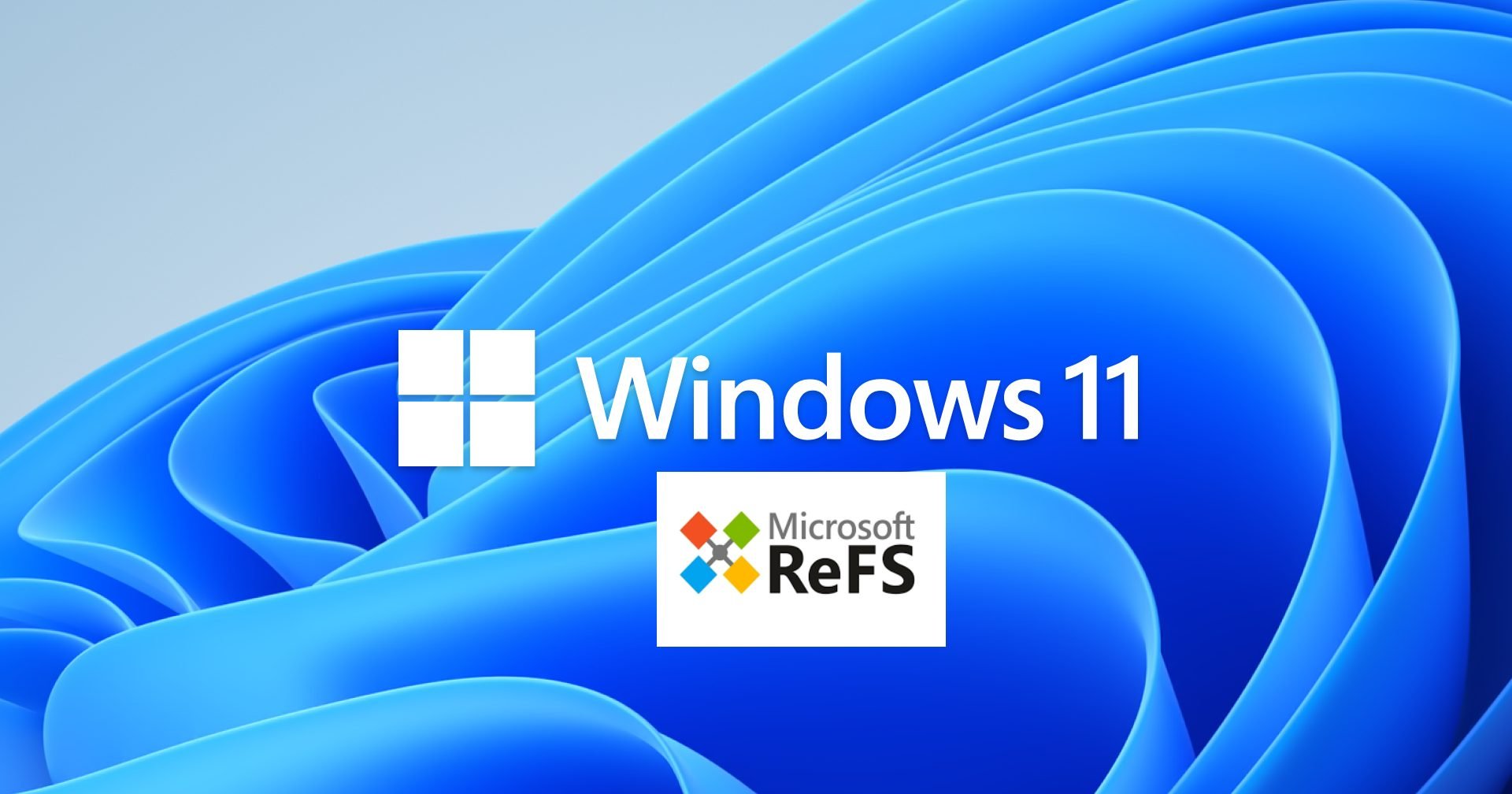Microsoft has been working to improve its file system for years. The current system, NTFS, has been around since Windows NT 3.1.
One new system is ReFS. It started in Windows Server 2012 and later versions. Regular Windows versions have supported it since Windows 8, but it’s not the main file system yet. You can use it for data storage, but not for the main system drive.
ReFS has some advantages over NTFS:
– Faster file copying with “Block Cloning”
– Better automatic file error detection with Checksum
– Supports larger storage volumes – up to 35 petabytes
Despite these benefits, ReFS still has limitations:
– Can’t be used as a boot drive
– No compression
– Doesn’t work with Bitlocker
Recently, Microsoft has been pushing ReFS in Windows 11. They added ReFS block cloning for regular users, making it easier to copy large files. In the latest Windows 11 Insider Preview, a user named PhantomOfEarth found a new feature that lets you create ReFS partitions during the installation process. This feature is still in development, but it shows Microsoft’s commitment to ReFS.
This could mean ReFS will replace NTFS in the future. Microsoft tried to replace NTFS with WinFS in the past, but it didn’t work out. Now, they’re taking a different approach with ReFS.
Source:

